El oro siempre se ha considerado un activo valioso, que atrae a comerciantes e inversores por igual. Como principiante, comprender los fundamentos del comercio de oro es esencial para aprovechar su potencial. Tanto si quiere protegerse de la inflación como diversificar su cartera, el oro ofrece numerosas oportunidades. En este blog, le explicaremos los fundamentos de la compraventa de oro, sus ventajas y cómo puede empezar a operar como principiante.
Si está listo para elevar su viaje comercial, únase a Parqué EPIQ para un 3 días de prueba gratuitadonde tendrá acceso a valiosas herramientas, señales y una comunidad de operadores afines.
¿Por qué comerciar con oro?
A menudo se hace referencia al oro como un activo "refugio", lo que significa que tiende a mantener su valor en épocas de inestabilidad del mercado. He aquí algunas razones por las que los inversores se sienten atraídos por el oro:
- Cobertura contra la inflación: Mientras que el valor de las monedas de papel fluctúa, el oro a menudo conserva su valor o aumenta con el tiempo, lo que lo convierte en una opción popular durante los periodos de inflación.
- Diversificación de la cartera: El oro puede servir como herramienta de diversificación para reducir el riesgo de una cartera que, de otro modo, podría estar muy centrada en acciones u otros activos más volátiles.
- Alta liquidez: El oro es uno de los activos más líquidos del mundo, por lo que resulta fácil comprarlo o venderlo siempre que se necesite.
Cómo se negocia el oro
Hay varias formas de operar con oro, cada una con sus propias ventajas y riesgos. Como principiante, es importante entender estos métodos antes de sumergirse en ellos.
Oro físico
Es la forma más tradicional de invertir en oro. Consiste en comprar oro en forma de monedas, lingotes o joyas. Aunque tiene un valor intrínseco, el comercio de oro físico conlleva costes relacionados con el almacenamiento y la seguridad.
ETF de oro
Oro Fondos cotizados (ETF) son una forma más sencilla de exponerse al oro sin poseerlo. Estos fondos siguen el precio del oro y pueden comprarse o venderse como las acciones.
Futuros del oro
Futuros del oro permiten a los operadores comprar o vender oro a un precio predeterminado en un momento específico del futuro. Este método es más especulativo y suele ser utilizado por operadores que buscan sacar provecho de los movimientos de precios sin poseer físicamente el metal.
CFDs sobre oro
Los contratos por diferencias (CFD) permiten a los operadores especular con la evolución del precio del oro sin poseer el activo en cuestión. Los operadores se benefician de la diferencia entre el precio de apertura y el de cierre del contrato. Sin embargo, los CFD son productos apalancados, lo que puede amplificar tanto los beneficios como las pérdidas.
Acciones mineras de oro
Otra forma de exponerse al oro es acciones mineras de oro. Estos valores son acciones de empresas que extraen y producen oro. Aunque no siguen directamente el precio del oro, tienden a moverse en correlación con el precio de la materia prima.
Factores clave que influyen en el precio del oro
Comprender los factores que influyen en la cotización del oro es esencial para tomar decisiones comerciales con conocimiento de causa.
Inflación e incertidumbre económica
El oro suele considerarse una cobertura frente a la inflación, por lo que cuando ésta aumenta, los precios del oro tienden a seguirle. Del mismo modo, en épocas de incertidumbre económica (como crisis financieras o tensiones geopolíticas), los inversores acuden en masa al oro como activo seguro.
Tipos de interés
Existe una relación inversa entre los tipos de interés y el precio del oro. Cuando los tipos de interés son altos, los inversores tienden a alejarse del oro en favor de activos que generan rendimiento, como los bonos. Por el contrario, cuando los tipos de interés son bajos, el oro resulta más atractivo, ya que no pierde valor debido a los costes de oportunidad.
Movimientos de divisas
El precio del oro suele verse afectado por la fortaleza del dólar estadounidense, ya que normalmente se cotiza en dólares. Un dólar más débil abarata el oro para los inversores extranjeros, lo que puede impulsar la demanda y aumentar los precios. Por el contrario, un dólar fuerte tiende a hacer bajar los precios del oro.
Oferta y demanda
Como cualquier otra materia prima, los precios del oro se ven influidos por la dinámica de la oferta y la demanda. Factores como los niveles de producción minera, las reservas de oro de los bancos centrales y la demanda de joyas intervienen en la determinación del precio del oro.
Análisis técnico para operar con oro
Al negociar con oro, muchos operadores utilizan análisis técnico para estudiar los movimientos de los precios y predecir tendencias futuras. He aquí algunos indicadores técnicos clave que deben tenerse en cuenta al analizar los gráficos del oro:
Medias móviles
Medias móviles suavizan la acción de los precios y ayudan a los operadores a identificar tendencias. Por ejemplo, una media móvil de 200 días puede mostrar si el oro se encuentra en una tendencia alcista o bajista a largo plazo.
Índice de fuerza relativa (RSI)
En RSI es un indicador de momento que muestra si el oro está sobrecomprado o sobrevendido. Si el RSI está por encima de 70, puede indicar que el oro está sobrecomprado y podría producirse una corrección de precios. Si está por debajo de 30, el oro puede estar sobrevendido, lo que sugiere una posible oportunidad de compra.
Niveles de retroceso de Fibonacci
Niveles de retroceso de Fibonacci se utilizan para identificar posibles zonas de soporte y resistencia en el comercio del oro. Los operadores utilizan estos niveles para anticipar dónde podría invertirse el precio o continuar su tendencia.
Gestión del riesgo en la compraventa de oro
Como en cualquier otra forma de inversión, la gestión del riesgo es esencial. He aquí algunas estrategias que le ayudarán a minimizar las pérdidas cuando opere con oro:
Establecer órdenes Stop-Loss
A orden de stop-loss es un nivel preestablecido en el que saldrá de una operación si el precio se mueve en su contra. Esto le ayuda a limitar sus pérdidas y a proteger su capital.
Diversifique su cartera
Aunque el oro puede ser un activo valioso, es importante no poner todos los huevos en la misma cesta. Diversificar la cartera con otros activos, como acciones, divisas o bonos, puede ayudar a repartir el riesgo.
No sobreapalancarse
El uso del apalancamiento en la compraventa de oro puede amplificar tanto los beneficios como las pérdidas. Aunque puede aumentar las ganancias potenciales, también le expone a un mayor riesgo. Asegúrese de comprender los riesgos del apalancamiento antes de utilizarlo en sus operaciones.
Cómo empezar a operar con oro
Ahora que ya sabes lo básico, te explicamos cómo empezar:
- Elija una plataforma de negociación: Seleccione una plataforma fiable que ofrezca operaciones con oro, como por ejemplo Parqué EPIQdonde podrá acceder a señales y estrategias en tiempo real.
- Infórmate: Conozca las diferentes formas de operar con oro y practique utilizando cuentas demo antes de comprometer capital real.
- Empezar poco a poco: Comience realizando pequeñas operaciones para conocer el mercado antes de aumentar el tamaño de su posición.
Conclusión: El potencial del comercio de oro
El oro ha sido un depósito de valor fiable durante siglos, lo que lo convierte en una opción popular para los operadores. Si sabe cómo operar con oro y analiza los factores del mercado que afectan a su precio, podrá aprovechar las oportunidades que ofrece.
¿Listo para dar el siguiente paso en su viaje comercial? Únase a la Parqué EPIQ hoy para una 3 días de prueba gratuita y obtenga acceso a información de expertos, señales 24 horas al día, 7 días a la semana, y a una comunidad de operadores centrados en el éxito.
Descargo de responsabilidad: La información contenida en este artículo tiene únicamente fines educativos y no constituye asesoramiento financiero. Realice siempre su propia investigación y consulte a un profesional antes de tomar decisiones de inversión.


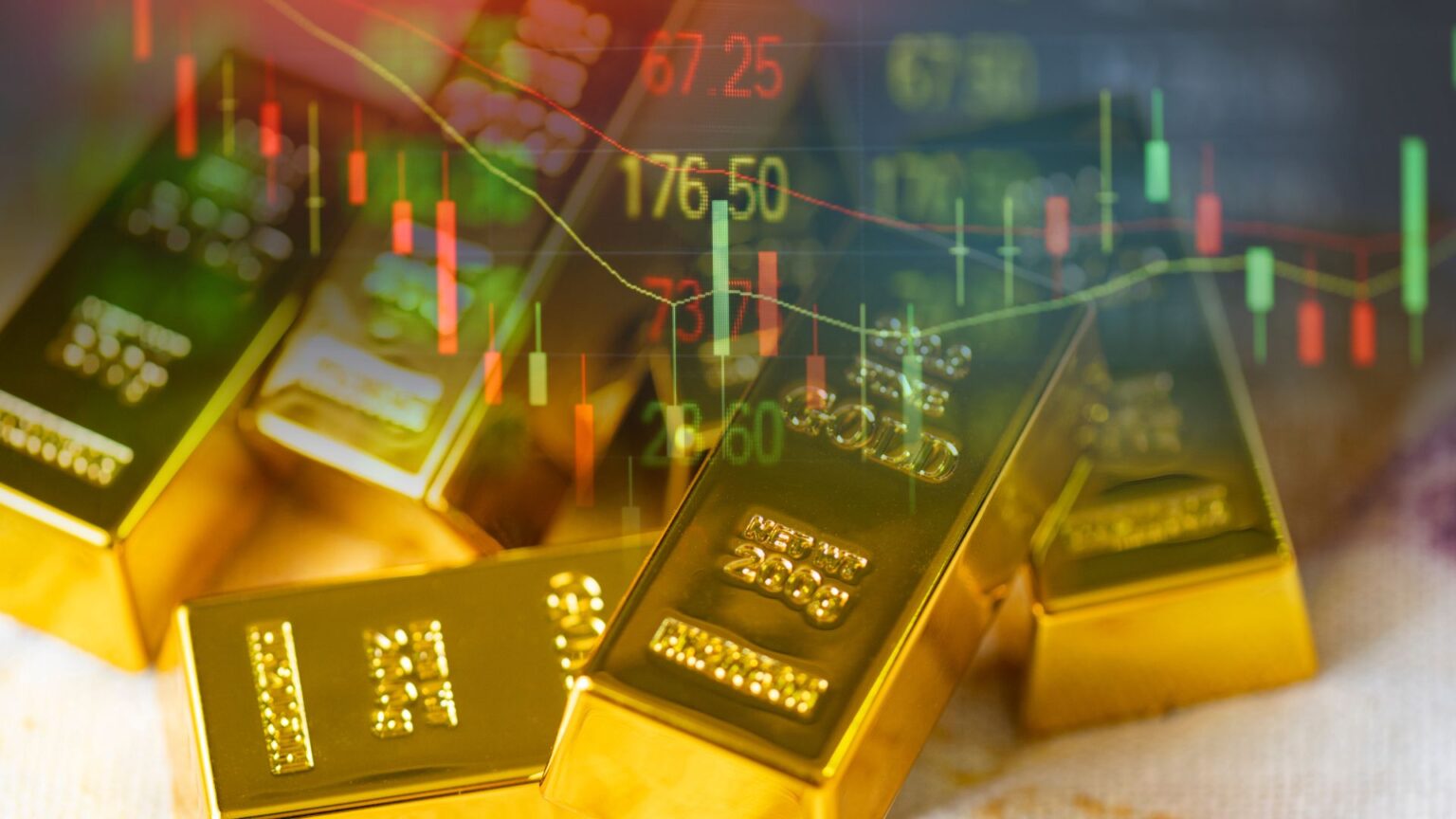
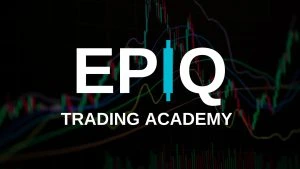
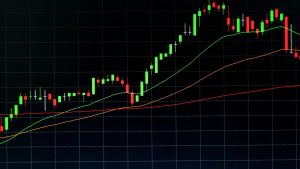
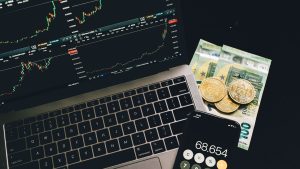



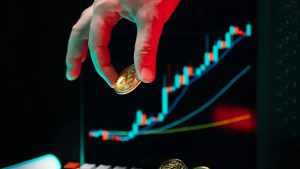
Respuestas